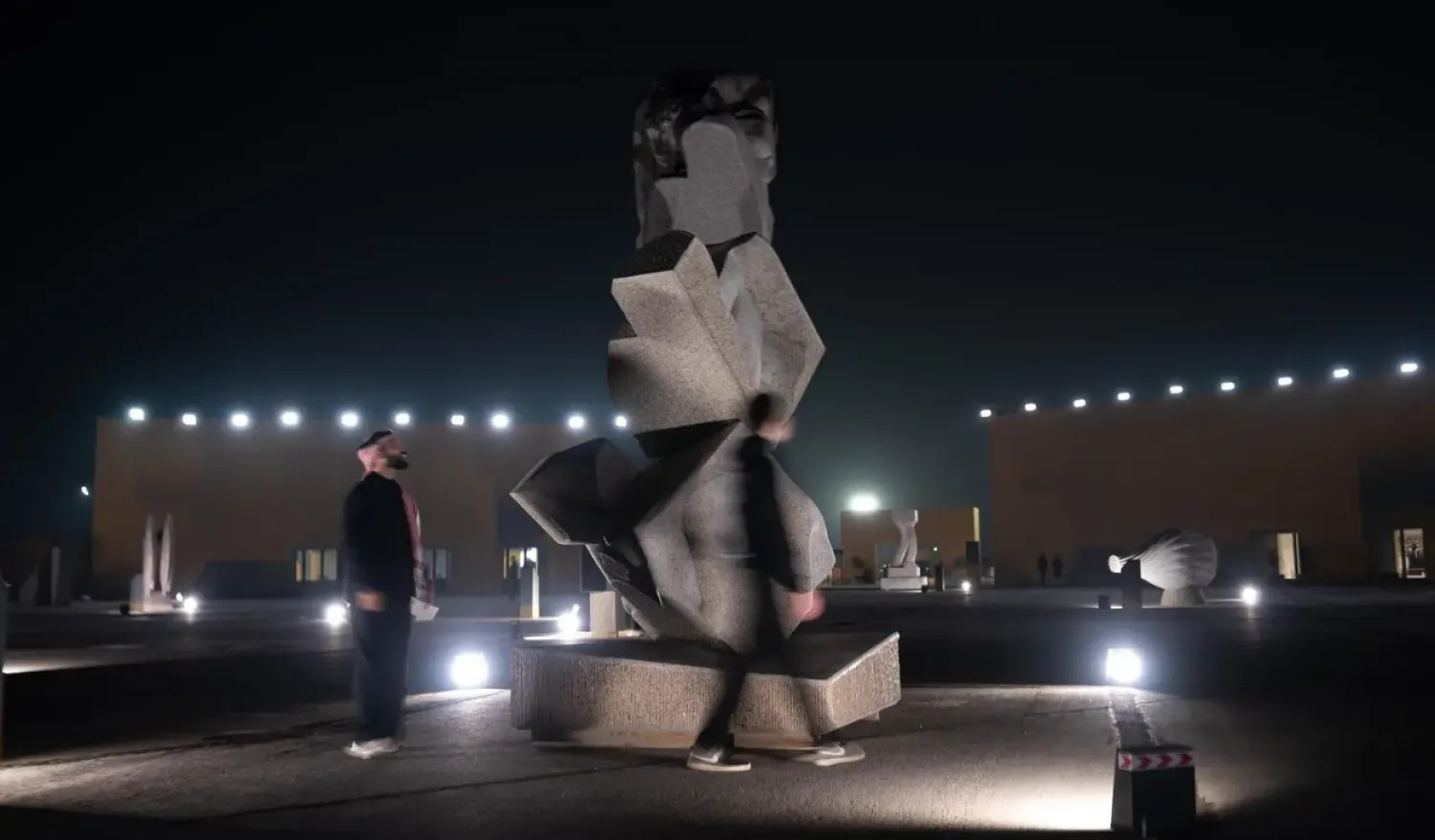Istanbul's museum of modern art moved Tuesday into a futuristic building overlooking the Bosphorus Strait designed by the Italian-born architect of London's Shard skyscraper and the Pompidou Center in Paris.
The museum's return to its old but reinvented location marks the latest attempt by Türkiye's cultural capital to infuse its iconic waterfront -- lined with graceful imperial palaces and mosques -- with a more futuristic feel.
Established in 2004, the Istanbul Modern in 2018 moved out of a rustic building that once served as a customs warehouse, AFP reported.
The city then launched a massive regeneration project that rebuilt a long stretch of the European side of the Bosphorus shoreline, making it more accessible to both Istanbulites and cruise ships that again clutter the busy strait.
The museum's new three-storey reflective steel building, featuring a transparent ground floor made of reinforced glass, is connected to the new Galata Port -- a sleek amalgam of restaurants, bars and retail stores overlooking a waterfront boardwalk.
Its design was inspired by the glittering waters and light reflections of the Bosphorus, architect Renzo Piano told reporters.
"This museum building is like a creature of the sea that has jumped out from the waters of the Bosphorus," said Piano, whose other works include the Whitney Museum of American Art in New York.
"Every time you have water, it is great to make a building because water makes things beautiful," he said.
"Istanbul is a place of water. We have water everywhere."
Türkiye's art scene, funded mostly by wealthy businessmen and philanthropists, flourished during an economic boom that accompanied the early years of President Recep Tayyip Erdogan's rule.
But Erdogan, who extended his two decades in power until 2028 in a general election last month, has come under fire for curtailing the freedom of expression, developing a troubled relationship with artists.
Spanning 10,500 square metres (115,000 square feet), the museum offers a space for exhibitions, film screenings and a permanent collection of more than 280 works by Türkiye's most important modern and contemporary artists.
It is currently featuring works by Nuri Bilge Ceylan, a photographer, screenwriter and actor whose "Winter Sleep" won the Palme d'Or in Cannes in 2014.
The exhibition consists of 22 large portraits taken by Ceylan in his travels to places such as India, Georgia, China and Russia.
Piano approached his latest creation knowing the pressures of erecting a building that could reshape both the city and its artistic direction for future generations.
"People must understand that it is a public art, making architecture, so it is different from many other sorts of art," Piano said.
"It's forever," he added. "Especially when you make a building like a museum."
The building stands on a grid of steel-braced concrete columns that are meant to be resistant to major earthquakes.
The city of 16 million people straddles an active fault line, suffering a catastrophic quake in 1999 that claimed more than 17,000 lives.
Piano said architecture was about making lasting structures.
"Look at the building, it's solidly built, and the solidity is part of the semantic expression of the building: solid and flying."









